Water course Design and Improvement with Precast Concrete Parabolic Segments (PCPS)
Watercourse Design and Improvement With Precast Concrete Parabolic Segments (PCPS)
Source: https://agri.punjab.gov.in
Usually dispatched in 2 to 3 days
Usually dispatched in 2 to 3 days
Category:
Irrigation & Agriculture
Only logged in customers who have purchased this product may leave a review.
Related products
Chemigation Backflow Prevention
Introduction
The purpose of this guide is to familiarize those injecting pesticides into irrigation systems with the federal government's equipment requirements on the pesticide label.
The guide will cover the legal requirements as well as discuss practical ways to meet the requirements.
Chemigation Backflow Prevention
Introduction
The purpose of this guide is to familiarize those injecting pesticides into irrigation systems with the federal government's equipment requirements on the pesticide label.
The guide will cover the legal requirements as well as discuss practical ways to meet the requirements.
Water Productivity of Irrigated Agriculture in India Potential areas for improvement
Abstract
The objective of this paper is to estimate water productivity in irrigated agriculture in selected basins in India; and to identify the drivers of change in water productivity in these regions.
Water Productivity of Irrigated Agriculture in India Potential areas for improvement
Abstract
The objective of this paper is to estimate water productivity in irrigated agriculture in selected basins in India; and to identify the drivers of change in water productivity in these regions.
Safe Use of Wastewater in Agriculture Good Practice Examples
Abstract
Managed aquifer recharge (MAR) systems such as riverbank iltration and soil-aquifer treatment all involve the use of natural subsurface systems to improve the quality of recharged water (i.e., surface water, storm water, reclaimed water) before reuse (e.g. planned potable reuse). During MAR, water is either iniltrated via basins, subsurface injected or abstracted from wells adjacent to rivers. MAR systems represent an attractive option for augmenting and improving groundwater quality as well as for environmental management purposes. However, reuse systems designed for applications that involve human contact should include redundant barriers for pathogens that cause waterborne diseases. This case covers key aspects of a case study on virus removal at three full-scale MAR systems located in different regions of the United States (Arizona, Colorado, and California). MAR projects may be economically viable for developing countries; however, sustainable management is relevant to successfully maintain the attributes necessary for potable and non-potable water reuse.
Keywords: management, aquifer, recharge, removal, viruses
Safe Use of Wastewater in Agriculture Good Practice Examples
Abstract
Managed aquifer recharge (MAR) systems such as riverbank iltration and soil-aquifer treatment all involve the use of natural subsurface systems to improve the quality of recharged water (i.e., surface water, storm water, reclaimed water) before reuse (e.g. planned potable reuse). During MAR, water is either iniltrated via basins, subsurface injected or abstracted from wells adjacent to rivers. MAR systems represent an attractive option for augmenting and improving groundwater quality as well as for environmental management purposes. However, reuse systems designed for applications that involve human contact should include redundant barriers for pathogens that cause waterborne diseases. This case covers key aspects of a case study on virus removal at three full-scale MAR systems located in different regions of the United States (Arizona, Colorado, and California). MAR projects may be economically viable for developing countries; however, sustainable management is relevant to successfully maintain the attributes necessary for potable and non-potable water reuse.
Keywords: management, aquifer, recharge, removal, viruses
Water and Agriculture: Towards Sustainable Solutions
The main pressures from agriculture are linked to diffuse pollution from nutrients and chemicals, water abstraction and hydromorphological changes. Often several pressures act at the same time, potentially increasing the range of ecological impacts. According to information reported under the WFD, around one third of surface water bodies fail to achieve good status because of one or several of these pressures.
Water and Agriculture: Towards Sustainable Solutions
The main pressures from agriculture are linked to diffuse pollution from nutrients and chemicals, water abstraction and hydromorphological changes. Often several pressures act at the same time, potentially increasing the range of ecological impacts. According to information reported under the WFD, around one third of surface water bodies fail to achieve good status because of one or several of these pressures.
Watering Floodplain Wetlands in the Murray–Darling Basin to Benefit Native Fish A Discussion with Managers
This report describes the content and outcomes of a workshop entitled ‘Watering Floodplain Wetlands of the Murray–Darling Basin for Fish: A Discussion with Managers’ held on 5 March 2008 at Wonga Wetlands in Albury (NSW). The workshop was part of a four-year, National Water Commission funded project aimed at optimizing wetland environmental watering protocols to maximize benefits to native fish populations.
Watering Floodplain Wetlands in the Murray–Darling Basin to Benefit Native Fish A Discussion with Managers
This report describes the content and outcomes of a workshop entitled ‘Watering Floodplain Wetlands of the Murray–Darling Basin for Fish: A Discussion with Managers’ held on 5 March 2008 at Wonga Wetlands in Albury (NSW). The workshop was part of a four-year, National Water Commission funded project aimed at optimizing wetland environmental watering protocols to maximize benefits to native fish populations.
Irrigation Engineering
Purpose of Irrigation
Some of the main purposes of irrigation are enlisted below:
1. To supply essential moisture for plant growth
2. Transportation of fertilizers (Fertigation)
3. To leach or dilute salts in the soil
4. To help in field preparation, dust control, etc.
5. Other benefits of irrigation include cooling the soil and atmosphere to create a more favorable environment for crop growth and frost control.
Irrigation Engineering
Purpose of Irrigation
Some of the main purposes of irrigation are enlisted below:
1. To supply essential moisture for plant growth
2. Transportation of fertilizers (Fertigation)
3. To leach or dilute salts in the soil
4. To help in field preparation, dust control, etc.
5. Other benefits of irrigation include cooling the soil and atmosphere to create a more favorable environment for crop growth and frost control.



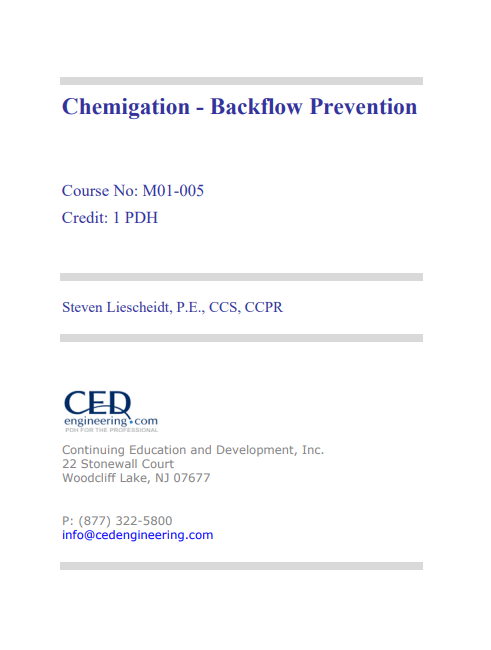
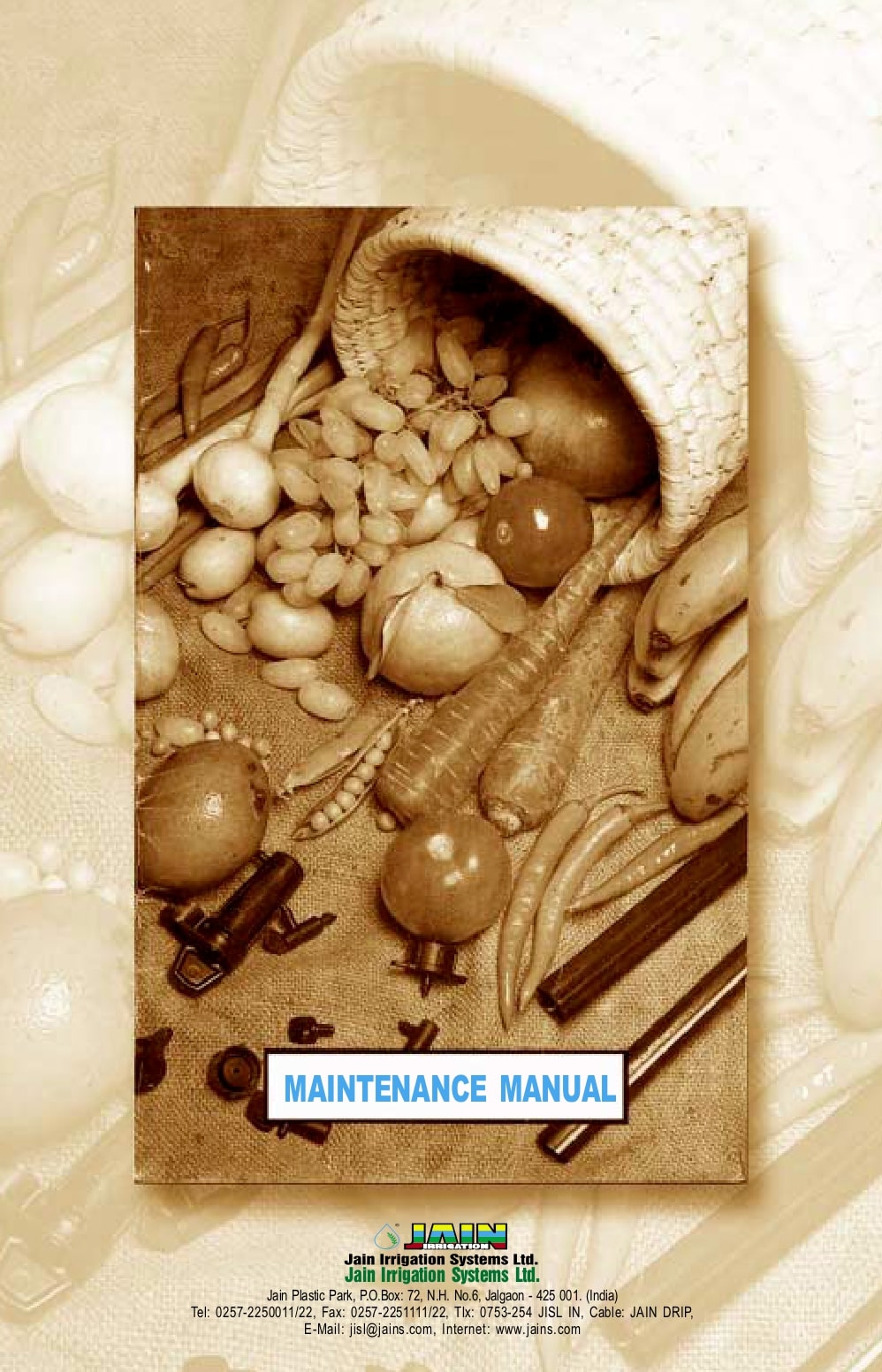

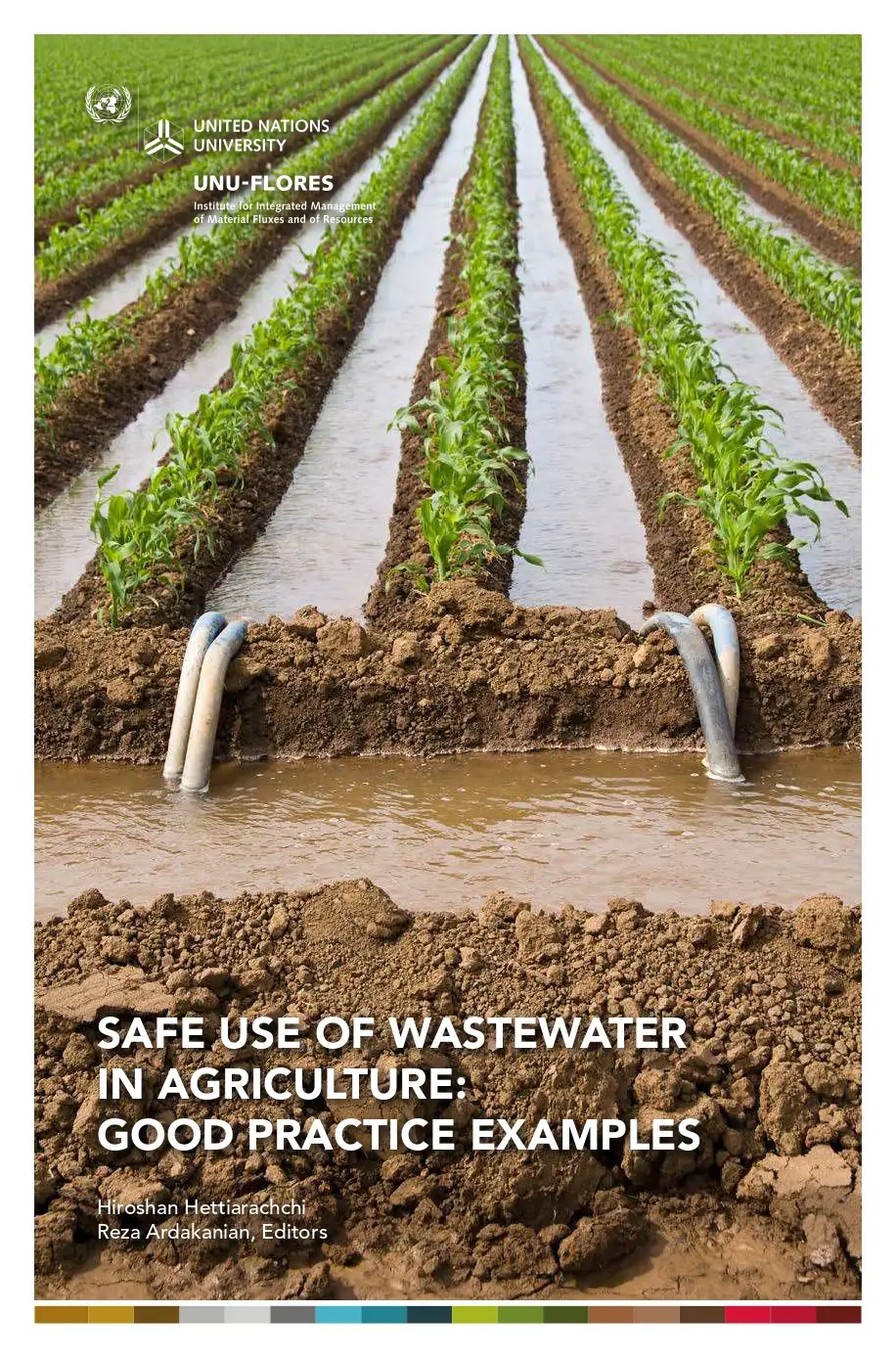
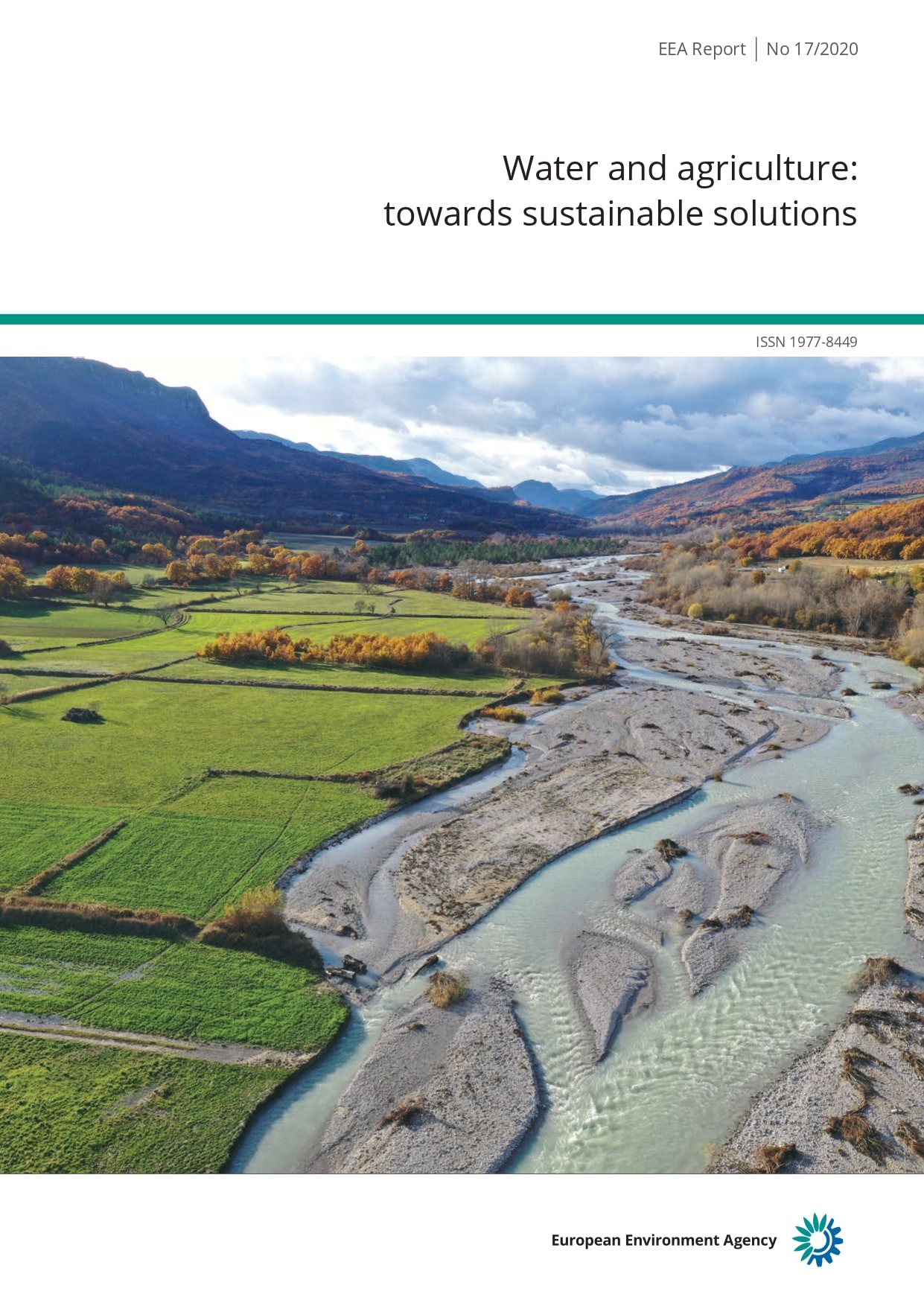




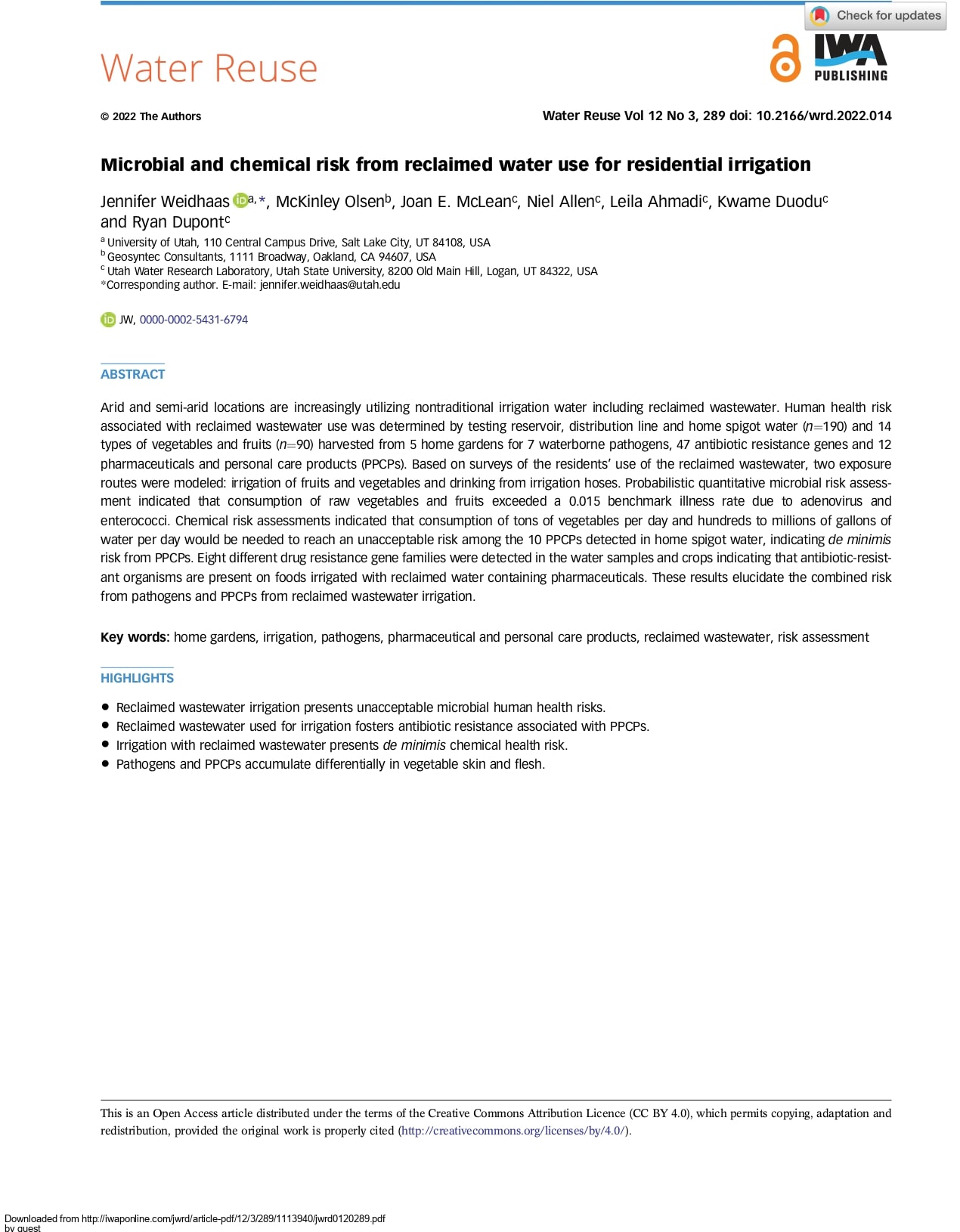
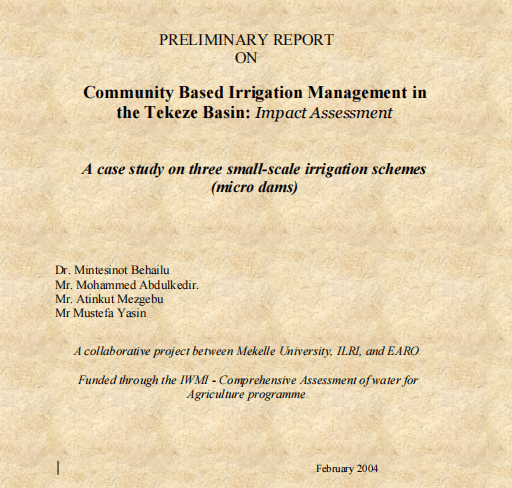
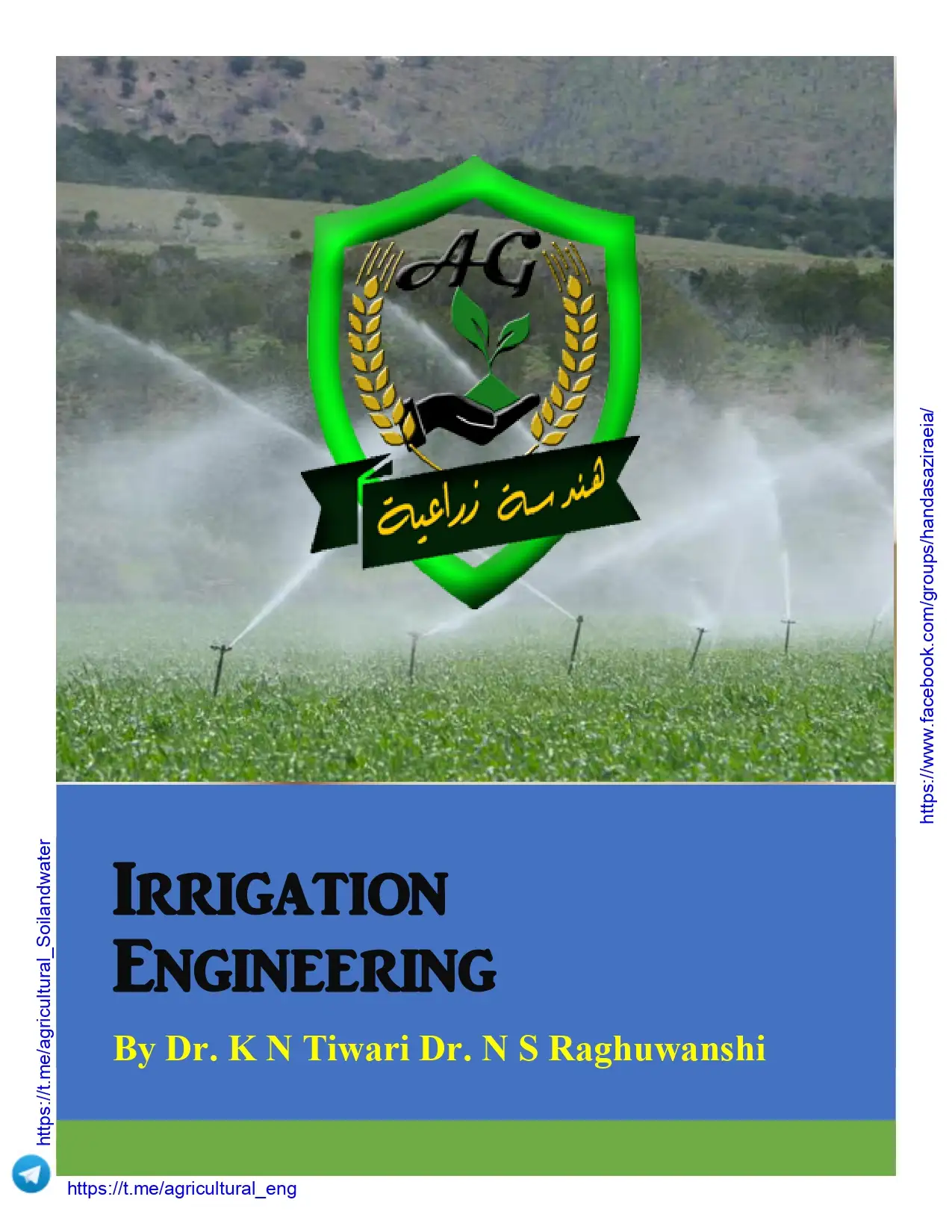
Reviews
There are no reviews yet.